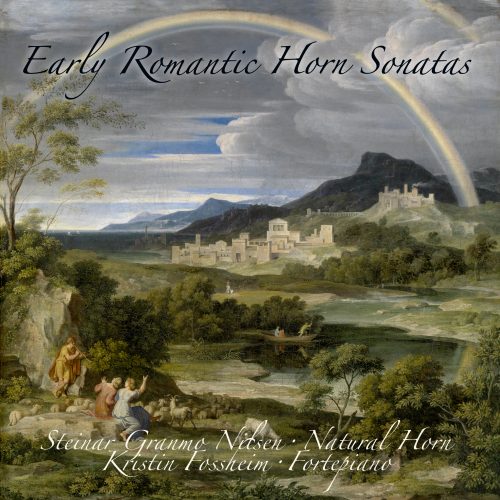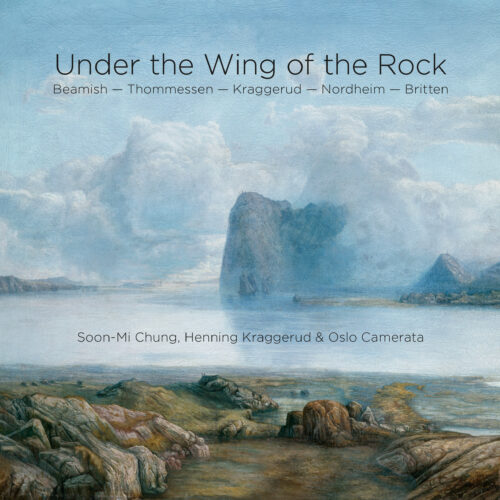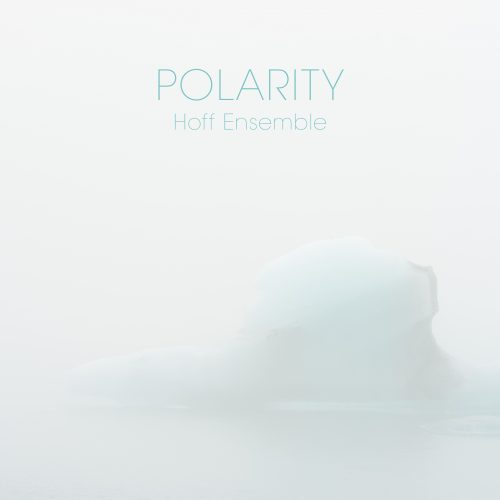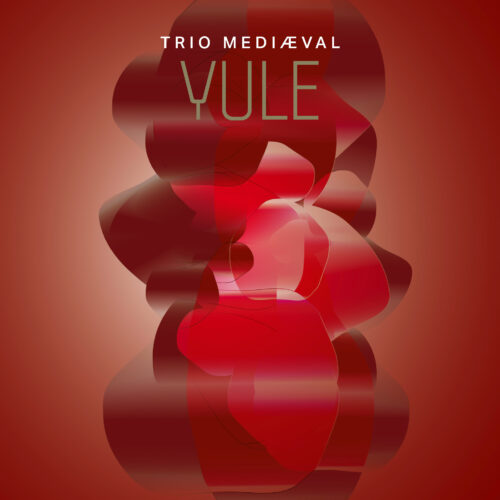In the early romantic period, struggling with the aftermath of absolutism’s collapse, people had to find new solutions in all realms of communal life. Because old certainties vanished, another vision of society emerged, shaped by artists: poets, painters and musicians. They viewed a higher world order in nature, to be felt by the individual, and expressed in a synthesis of all arts.
Especially in music, these ideas were embodied with a new freedom of stylistic decisions. The sonatas for natural horn and fortepiano by Franz Danzi, Ferdinand Ries und Nikolaus von Krufft are virtuosic compositions with stunning dialogues between the horn and piano parts. They explore the full range of timbres, flamboyantly surpassing classical structures in search of new modes of expression.
The verve and profusion of colors in the performance of Steinar Granmo Nilsen and Kristin Fossheim incorporate the early romantic idea that music was the most royal of all arts.
Tracklist
Please note that the below previews are loaded as 44.1 kHz / 16 bit.Total time: 01:07:35
Additional information
| Label | |
|---|---|
| SKU | 2L113 |
| Qualities | DSD 512 fs, DSD 256 fs, DSD 128 fs, DSD 64 fs, DXD 24 Bit, FLAC 192 kHz, FLAC 96 kHz |
| Channels | 2ch Stereo, 5 Channel Surround Sound, 2ch Stereo & 5ch Surround |
| Artists | |
| Composers | |
| Genres | |
| Instruments | Instruments: the Natural Horn is a copy of Lausmann (Bohemia ca. 1800) made by Andreas Jungwirth (2000), the Fortepiano is a copy of Walter (Wien 1805) made by Kenneth Bakeman (1983) |
| Recording Type & Bit Rate | DXD |
| Recording location | Jar Church, Akershus, Norway, June 2014 |
| Recording Engineer | Morten Lindberg, Beatrice Johannessen |
| Notes | NativeDSD selectively creates higher DSD bitrates of label's releases using two methods (Merging Technologies Album Publishing and Singnalyst HQPlayer Pro), depending on the original edited master source. In order to understand the processes, a bit of background is appropriate. NativeDSD sells only recordings that were originally recorded in DSD or DXD (352.8KHz PCM). The overwhelming majority of these recordings were edited and post processed in DXD, then converted (modulated) into DSD deliverable bit rates. NativeDSD acquires the label's original DXD edited master, and using Merging Technologies Album Publishing, creates a first generation DSD64, DSD128, and DSD256, as well as a DXD FLAC deliverable. Additionally, on selected recordings, a 32bit PCM WAV file is extracted (the DXD PCM FLAC is 24 bits by format definition), and uses it to modulate a DSD512 using HQPlayer Pro. The exception to the above are the few label recordings (Yarlung, Eudora, Just Listen etc.) that record in DSD, and do no PCM post processing mixing, level balancing, EQ etc. That's doable by restricting post processing to just editing, where only the edit transition interval (typically 100ms or less) is PCM converted, leaving the DSD music content unaltered when rendered. For those recordings, the DSD edited master (the actual recording master with edits) is used with HQPlayer Pro to re-modulate the missing DSD bitrates. Why do any of this? It's to provide a DSD bitrate deliverable choice, allowing a customer to purchase the highest DSD bitrate their DAC will support. It's correct that there's no additional music content information contained in the higher DSD bit rate from the original DSD bitrate. What's different is the uncorrelated modulation noise content placement in the frequency spectrum. When a DSD original file is converted to DXD (PCM), the inherent DSD modulation noise is removed through the decimation filtering, and re-inserted when modulated back to DSD. The modulation noise (again, uncorrelated) is the carrier part of the DSD bitstream modulation, and an inherent part of the DSD bit stream.
While the spectorial shape is the same regardless of the DSD bitrate, it's effective start and end points move an octave higher for every doubling of the DSD bitrate. For DSD64, the uncorrelated modulation noise is about -110dB at 20KHz, rising to about -50dB at 100KHz. For DSD512, the modulation noise is about -110dB at 160KHz, and -50dB at 800KHz. What this allows is for the customer's DAC to use gentler, more Gaussian shaped reconstruction filters, with far improved phase response.
|
| Microphones | DPA |
| Mastering Engineer | Morten Lindberg |
| Editing Software | Pyramix, Merging Technologies |
| Digital Converters | Horus, Merging Technologies |
| Original Recording Format | |
| Instruments | |
| Release Date | September 5, 2019 |
Only logged in customers who have purchased this product may leave a review.






Reviews
There are no reviews yet.